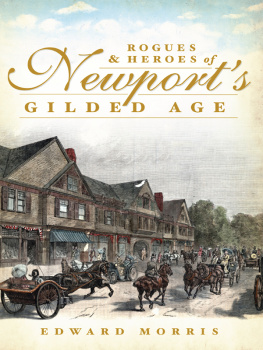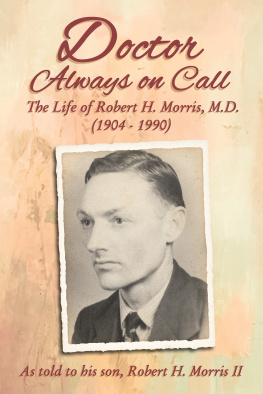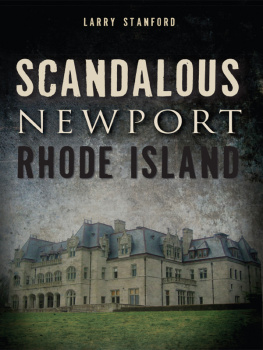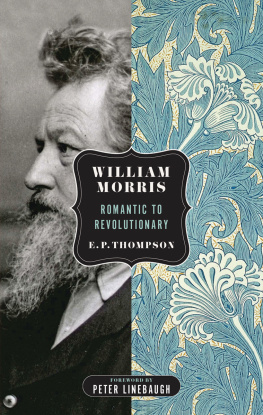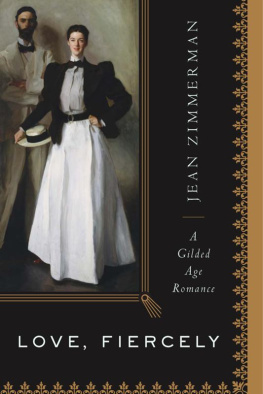

Published by The History Press
Charleston, SC 29403
www.historypress.net
Copyright 2012 by Edward Morris
All rights reserved
Image are courtesy of the author unless otherwise noted.
Front cover: The Newport Casino. Lithograph by C. Graham from Harpers Weekly magazine, spring 1880 edition. Courtesy Newport Tennis Hall of Fame.
First published 2012
e-book edition 2012
Manufactured in the United States
ISBN 978.1.61423.666.5
Library of Congress CIP data applied for.
print ISBN 978.1.60949.755.2
Notice: The information in this book is true and complete to the best of our knowledge. It is offered without guarantee on the part of the author or The History Press. The author and The History Press disclaim all liability in connection with the use of this book.
All rights reserved. No part of this book may be reproduced or transmitted in any form whatsoever without prior written permission from the publisher except in the case of brief quotations embodied in critical articles and reviews.
CONTENTS
PREFACE
For Gilded Age gentlemen, the coachman was the outdoor butler, unless the gentlemen chose to walk on their own. Not only was the coachman in charge of the horses and stable hands, but he was also a travel advisor, road map expert and weather consultant, as well as a connoisseur of hotels, restaurants and entertainment venues.
Mans best friend was the horse for more than three thousand years, replacing the hunter-gatherers dog of Charles Darwins On the Origin of Species. Then the sails on ships were replaced by iron rails on steam engine trains, the Model T Ford on paved roads and now the airplane in the air. Today, those horses have been put out to pasture (except for horse races).
A gentlemans coachman knew his likes and dislikes and how to please him. And he had to know his oats to keep the horses fed and well bred. Today, anyone can Google such information on the computer.
Gilded Age gentlemen loved their horses and had plenty of them. A team of four or six horses was faster than two horses and could pull a larger and more ostentatious carriage for family and friends.
Oliver Hazard Perry Belmont, who married Alva Vanderbilt after her divorce from William K. Vanderbilt, had stables built inside Belcourt for thirty-four of his beloved horses. After their marriage, she made him build separate stables for those horses, but he loved them just as much.
Gilded Age gentlemenand ladiesliked to be in command of their families and their fortunes. Youll be reading about many of those gentlemen, like Olivers father, August Belmont; James Gordon Bennett; and William K. Vanderbilt. But youll also read about Gilded Age ladies like Mrs. William Backhouse Astor Jr., Alva Erskin Smith Vanderbilt Belmont and Mrs. Stuyvesant (Mamie) Fish.
This volume is intended to put the crosscurrents of that world into a larger historical perspective, starting with one of the early leaders of New Yorks high society summer migration to Newport, namely August Belmont.
ACKNOWLEDGEMENTS
I am very much indebted to the Newport Historical Society and Pieter Roosthen education director but now executive director of Doris Dukes Newport Restoration Foundationfor hiring me to research a guided tour script for Newports Cliff Walk and to give tours for groups of Newport visitors for six years.
As a retired journalist, upon settling with my wife and son in Newport, I served as a step-on bus guide for Newports cruise ship visitors using a script I had researched and written for this purpose.
It was titled The Coachmans Guide to Newport and is the foundation of what you are now reading. I had shown it to Pieter Roos when he engaged me to research a guided tour script of Cliff Walk (that tour book, A Guide to Newports Cliff Walk, has since sold more than seven thousand copies over the past twelve years).
To spice up this previously unpublished Coachmans Guide to Newport, I have added the stories of the rogues and heroes of the world that Samuel Langhorne Clemens, author of Tom Sawyer and Huckleberry Finn, so aptly called gilded because he knew so very well that it was certainly not solid gold, but rather a very thin dusting of that metal that glistens in the sun! Clemens used his business pseudonym, Mark Twain, when he wanted to be publicly recognized.
I am also deeply indebted to my son, Robert, for countless suggestions and all the numerous photographs taken by him and his very gracious friend Marsha Hanson.
I
HISTORY OF COLONIAL NEWPORT
Welcome to Newport, the first vacation resort in America. Already by the 1720s, so many plantation owners from the southern colonies and the West Indies were coming to enjoy Newports cool summer breezes that they affectionately called this town the Carolina Hospital. They said that the late evening and early morning fogs helped to keep the mosquitoes at bay and thus prevented the fever. And French officers stationed here during the American Revolution credited those fogs for the beautiful glowing cheeks of Newport girls. Perhaps youve noticed them already?
Newport is on the island of Aquidneck, the Indian word for island of peace. The five- by fifteen-mile island is in Rhode Island, the smallest state (only thirty-five by sixty-five miles). And just before the American Revolution, with a population of 11,500 and a volume of trade exceeding that of New York, it was an important setting for wealthy merchants, smugglers, privateers and even piratesthirty-one of whom were hanged by the neck on Gravel Point, near Long Wharf, in only one six-month period. In fact, its British detractors sometimes called the state Rogues Island.
And the volume of Newport trade, which included such things as rum, slaves, molasses, sugar, candles and handcrafted products, had expanded so much over more than one hundred years that by 1760 it exceeded the total volume of New York Citys trade and began to rival that of the other major colonial ports of Boston, Philadelphia and Charleston, South Carolina.
SIX THOUSAND BRITISH TROOPS OCCUPY NEWPORT
Newports first Golden Age ended with the American Revolution, which brought Newport a three-year occupation by six thousand British troops followed seven months later by a one-year occupation by a similar number of troops of French-allied general Comte de Rochambeau.
During the British stay, Newports population plummeted from 9,000 to 4,500, and to keep warm, the British soldiers tore down some 400 vacant houses (there were 1,100 houses here then) just to burn the lumber as firewood. But some 300 of those pre-revolutionary houses are still standing in Newportmaybe 40 percent of those still surviving in the thirteen original states.
Newport also has ten buildings predating 1700, including the White Horse Tavern, claimed to be the oldest in the country where you can still eat and drink. The fourth-oldest state capitol building is here, the oldest Jewish synagogue is here, the oldest private library still lending books from its original building is here and the first street to be lit by gaslight, in 1803, is herealong with much more.
After the Revolution, Newport never regained its prowess in the merchant trade, and only in 1847, with the advent of the Fall River line steamships, did Newport resume its role as a resort for southern and, later, New York tourists.
Just before and after the Civil War, Newport became a summer colony for artists and intellectuals, among them Henry James, Edith Wharton, William Wadsworth Longfellow (he wrote three poems about Newport), Edgar Allan Poe, Julia Ward Howe (who wrote The Battle Hymn of the Republic) and Emma Lazarus (who wrote those words inscribed on the Statue of Liberty: Give us your poor and huddled masses).
Next page
